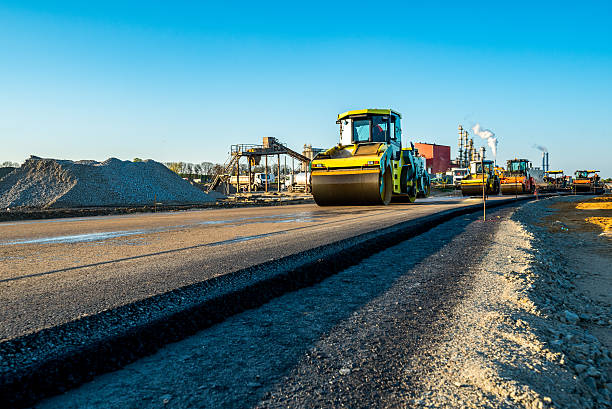Contact Us
RoadVision AI
Private Limited
Office No. 308 & 310, B Block
Ansal Chamber - 1, Bhikaji Cama Place,
Near Engineers India Limited (EIL) Bhawan, New Delhi - 110066
© 2024 | RoadVision AI | All rights reserved
In the realm of civil engineering and road maintenance, effective identification of infrastructure is crucial for ensuring safety and efficiency. The Indian Roads Congress (IRC) has established a standard practice for numbering bridges and culverts, encapsulated in the document IRC: 7-1971. This guideline aims to create a uniform system for the identification of cross-drainage structures across the country, facilitating easier maintenance and inspection.

The primary objective of the IRC: 7-1971 guidelines is to assign unique numbers to all culverts and bridges on highways. This systematic approach allows maintenance and inspection personnel to easily identify and locate these structures, thereby enhancing the overall management of road infrastructure. The Specifications and Standards Committee of the IRC has laid down these practices to ensure consistency and clarity in the numbering system.
The recommended practices outlined in IRC: 7-1971 are intended for uniform adoption across all roads in India. This means that regardless of the location or type of road, the same numbering system should be applied, promoting a standardized approach to infrastructure management.
The numbering of cross-drainage works follows a specific method:
The guidelines also specify how the numbers should be inscribed on the structures:
To ensure the effectiveness of this numbering system, regular maintenance is essential. The numbers on cross-drainage works should be kept well-maintained and repainted as necessary. This not only preserves the visibility of the numbers but also reinforces the importance of proper infrastructure management.
The IRC: 7-1971 guidelines for numbering bridges and culverts provide a comprehensive framework for the identification and maintenance of cross-drainage structures on highways. By adopting a uniform numbering system, the IRC aims to enhance the efficiency of road maintenance and inspection, ultimately contributing to safer and more reliable transportation infrastructure across India. As we continue to develop and maintain our road networks, adherence to these guidelines will play a vital role in ensuring the longevity and safety of our infrastructure.
RoadVision AI is revolutionizing the way we build and maintain infrastructure by leveraging the power of AI in roads to enhance road safety and optimize road management. By utilizing cutting-edge roads AI technology, the platform enables the early detection of potholes, cracks, and other road surface issues, ensuring timely maintenance and improved road conditions. With a mission to create smarter, safer, and more sustainable roads, RoadVision AI ensures full compliance with IRC Codes, empowering engineers and stakeholders to make data-driven decisions that reduce costs, minimize risks, and improve the overall transportation experience.